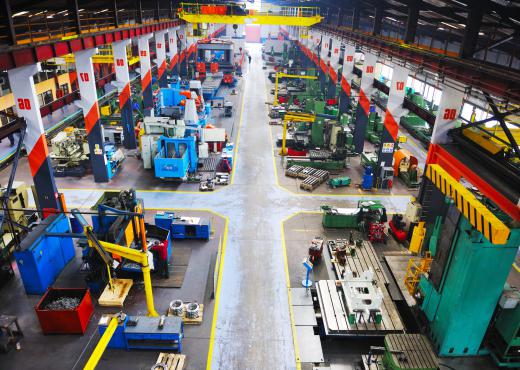Process control procedures are the specific instructions a company follows in order to ensure both quality goods and services. These procedures may be different among companies, who tailor process control procedures to their own design processes. A few examples of these control procedures include observable quality checks, the use of control limits for specific items, and test runs for certain goods or services. A company may include each type of control procedure in the manufacturing process, along with a number of others if necessary. Companies often believe that more control procedures in place result in better goods and services.
Observation is often one of the most common types of process control procedures. Here, a company employs an individual who works the production line and observes the goods produced. The inspection process can take some time and may not be 100 percent accurate if it relies simply on one individual’s observations. In some cases, however, this control procedure works well as certain goods may be easily observable when produced in an inferior manner. Other times, a quality control inspector may also use other tools to help determine if observed goods do not meet specific standards.

Control limits typically require the use of statistics in order to determine if certain goods are inferior. Process control procedures here look at a certain variable to assess whether or not it changes among various items produced in a batch. In most cases, the standard deviation is the most important statistic when establishing control limits. The company produces a single item that is as near perfect as possible; this item becomes the standard that all others must meet. The standard deviation is simply the acceptable level of difference that other produced goods may fall in and still be considered good-quality products.

Test runs represent another physical type of process control procedures for manufactured goods and certain types of services. A company often runs manufactured goods through a battery of tests to ensure they operate properly under each set of circumstances. For example, a garbage disposal manufacturer may run each disposal produced through a test set that involves mashing up different types of food or other materials. If each item in a batch passes each test set, the items move to the finishing department and on to retailers for sale to consumers. Those items that fail any test set may go back to manufacturing or simply be scrapped and started again.
